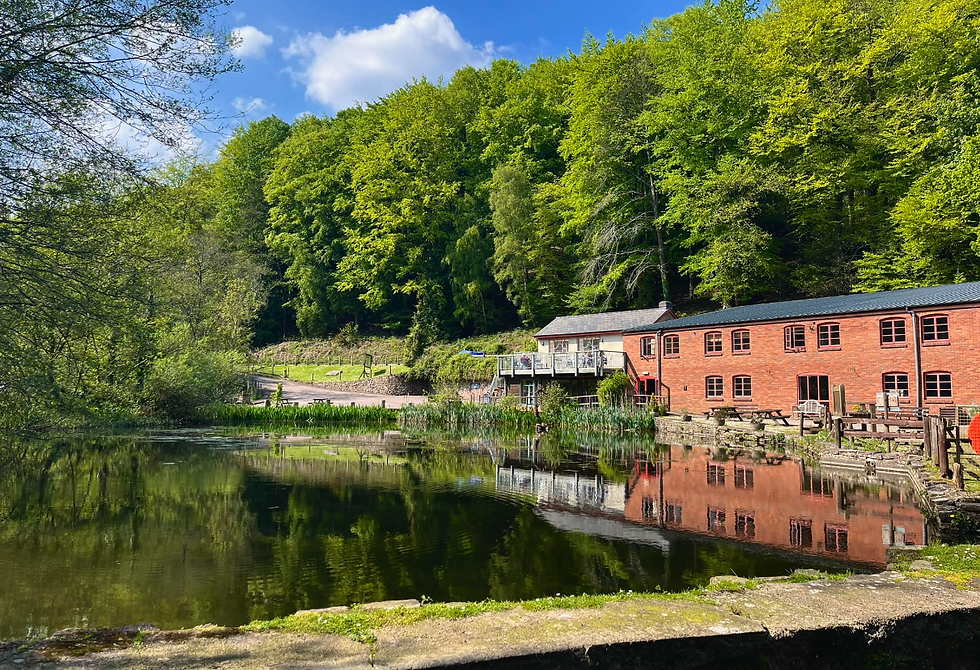Remembrance Display
- DHC

- Nov 5
- 3 min read
We have a temporary display in Gallery 1 showcasing some fascinating objects from World War I and World War II that have been donated to the centre. Here is a look at some of the display.
Object 1: WWI Overseas Club Certificates

The Overseas Club existed in the early 1900s to 'promote the unity of British subjects the world over'. During the First World War, the club organised collections for soldiers fighting overseas. Children were encouraged to collect money, which was used to send parcels to soldiers containing tobacco, cigarettes and other 'comforts'. In return, the children received certificates of thanks.
These certificates were awarded to the donor's mother, Rita Douglas. One certificate is for sending gifts at Christmas, and the other is for sending gifts in 1916, which was presented on Empire Day.
Object 2: Trench Art Jug

This object is a trench art jug; the term 'trench art' refers to decorative items created by soldiers, prisoners of war, or civilians using debris found on battlefields.
This specific object was made during World War I from brass artillery shells. The jug was brought to England by Herbert Gerald Jackson, a soldier who served as a gunner in the Royal Field Artillery Territorial Force, and he gifted it to his Mother. Although Jackson owned the jug, it is unknown whether he made it himself or purchased it.
Object 3a: World War One Commemorative Plaques
Commemorative Plaques were issued after the First World War to the next-of-kin of all British and Empire service personnel who were killed as a result of the war. The plaques were made of bronze and were commonly known as the 'Dead Man's Penny'. 1,355,000 plaques were issued, which used a total of 450 tonnes of bronze.
The plaque's design was selected from a public competition that received over 800 submissions. The competition was won by sculptor and medallist Edward Carter Preston, who received £250 for first place.
These specific plaques were created for two brothers, William and James Evans. The Evans brothers came from a family of nine children; eight boys and one girl. Three of the Evans brothers enlisted for WWI, and two were killed. The third brother, Harold, survived but was killed shortly afterwards at Lightmoor Colliery.
Object 3b: Photograph of William Evans

This photograph shows William Evans wearing a First World War uniform, including spurs and whip, and a shoulder harness of leather pouches. The photograph was donated by Mrs Davis, who was the niece of William Evans. Her father, Albert Evans, a younger brother of William and James, hung the plaques on the kitchen wall of his home. Mrs Davis remembers polishing her uncle's plaques.
Object 4: Photograph and discharge certificate of Tom Maller
Photograph of Thomas William Maller wearing a Royal Army Medical Corps uniform during the First World War. Discharge certificate from WWI giving details of his war service, medals and details of his discharge in 1920. Tom Maller lived at the Pike House, Mosley Green, which used to be the toll keeper's cottage for the toll road or turnpike. This became known as 'Mallards Pike', hence the name given to the Mallards Pikes Lake and picnic area.
If you would like to have a closer look at these objects and the rest of the remembrance display, you can visit us every day from 10:00-16:00; the display will be up until the end of November.


















Comments